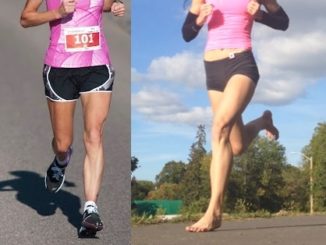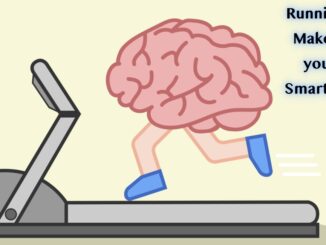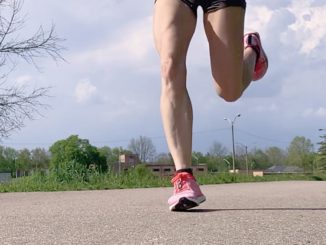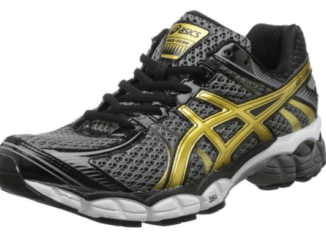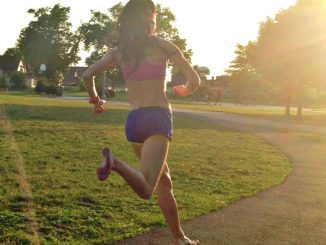
Is Barefoot Running Faster?
Barefoot running was found to improve the mechanical chain of events that made the arch and Achilles significantly more energy efficient and protected from high impact. Conversely, heel strike running in cushioned running shoes was found to be the least effective way to power the elastic structures in the lower leg, while the leg and lower back faced more rising tides of heavy impact.

